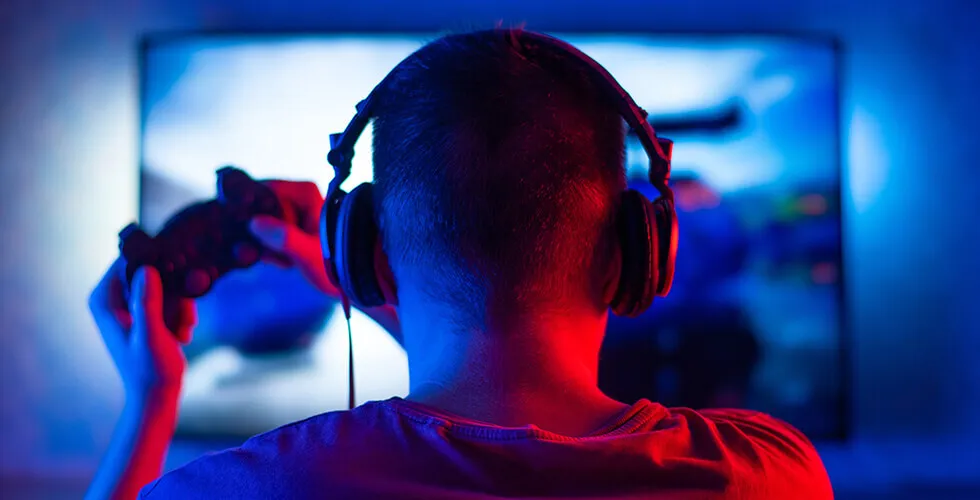
Doctors are increasingly diagnosing young people with auditory processing disorder (APD) -a condition where the brain struggles to interpret sounds correctly, even though hearing tests show normal results. This rise in cases is raising concerns that noise-canceling headphones may be playing a role.
APD is a neurological disorder that disrupts how the brain processes auditory information. People with APD can hear sounds but may struggle to determine where a sound is coming from, understand speech in noisy environments, or follow fast conversations. They often require repetition, take longer to respond, and may have difficulty remembering spoken instructions. Other symptoms include trouble processing music, learning new languages, and struggling with reading and spelling.
APD usually begins in childhood and affects 2% to 7% of kids, often due to factors like head injuries, low birth weight, or chronic ear infections. However, the recent rise in young adults with APD is unusual. Experts believe that excessive headphone use – especially noise-canceling models – may cause the brain to “forget” how to process ambient sounds properly.
Doctors warn that overuse of these headphones creates an unnatural listening environment, making the brain overly sensitive to sound when headphones are removed. While there is no cure for APD, speech therapy, strategic seating, and requesting written instructions can help manage symptoms. More research is needed to understand the full impact of these devices on the brain.

